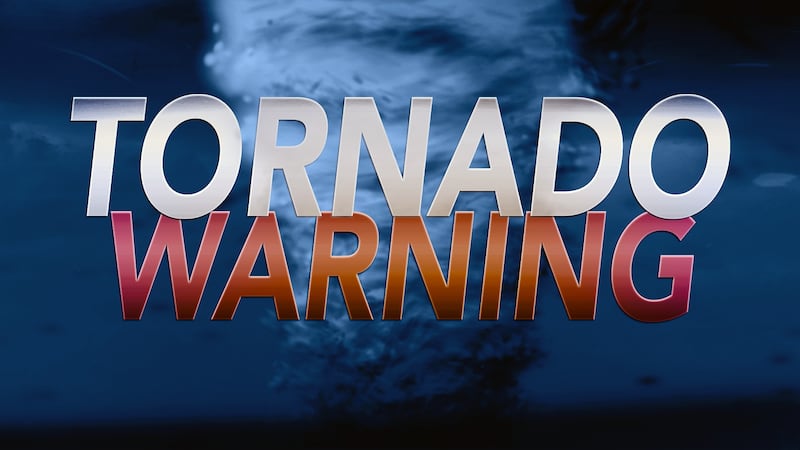How to Stay Safe During a Severe Thunderstorm Warning
When the National Weather Service issues a severe thunderstorm warning, it means dangerous weather is imminent. Severe storms can bring damaging winds, hail, lightning, power outages, and even tornadoes. Knowing how to respond can protect you, your family, and your property.

What Does a Severe Thunderstorm Warning Mean?
A severe thunderstorm warning signals that a severe storm is happening or about to hit your area. These warnings often include threats such as strong winds over 58 mph, large hail, and intense lightning. Sometimes, storms can even lead to tornado warnings.
Recent Storm Impacts Across Michigan
On May 15 and 16, multiple severe thunderstorm warnings affected Mid-Michigan and West Michigan. Intense weather caused power outages for thousands of residents. In some cases, tornado warnings brought widespread outages and heavy damage to homes and businesses in Gratiot, Midland, and Saginaw counties.
In West Michigan, severe thunderstorms uprooted trees, downed power lines, and blocked roads. Crews are still working to restore power and clear debris from major storms. The public is urged to stay off roads while emergency teams respond.
Essential Safety Tips During a Severe Thunderstorm Warning
Staying safe during a severe thunderstorm warning requires fast action. Use these steps:
- Get indoors immediately. Find shelter in a sturdy building, away from windows.
- Prepare an emergency kit. Have flashlights, batteries, water, food, medicines, and a battery-powered radio ready.
- Unplug electronics. Lightning can cause power surges, so unplug TVs and computers.
- Avoid contact with plumbing. Do not use showers, faucets, or sinks during thunderstorms.
If you depend on electricity for health reasons, plan ahead. Power outages can last for hours or even days. According to reports, over 180,000 people lost power during a recent storm in Michigan. Check local utility outage maps for updates, and report outages if needed.
What To Do After the Storm
After a severe thunderstorm warning ends, assess your surroundings for hazards:
- Stay away from downed power lines. Always assume wires are live and dangerous.
- Watch for debris and flooding. Walk carefully and avoid driving through flooded streets.
- Check for updates. Listen to local news or weather services for information on further warnings.
If there is property damage or injuries, call emergency services. Help neighbors, especially the elderly or those with disabilities.
Conclusion
Severe thunderstorm warnings should always be taken seriously. Quick actions can minimize harm and keep loved ones safe. Prepare in advance, follow local alerts, and know what steps to take before, during, and after storms. For more on recent weather impacts and safety tips, review this in-depth coverage of Michigan's recent storms and local outage updates.